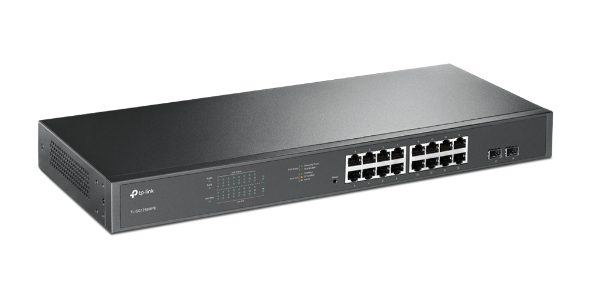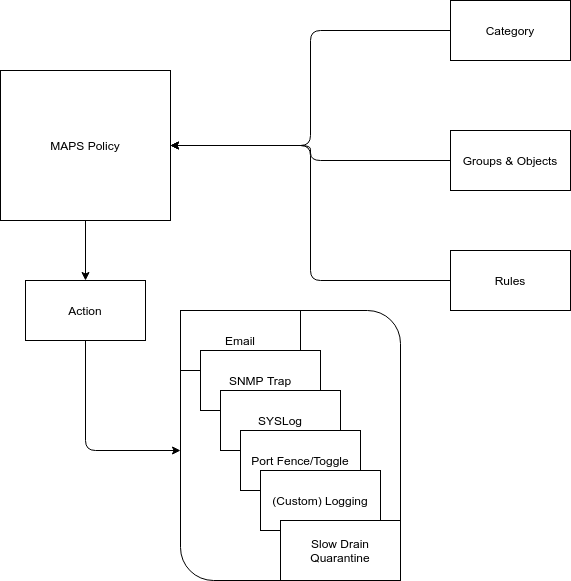When I asked a buddy of mine, who is a fairly prolific author, what his advice is when I asked him I wanted to write a book, he said “Don’t”. During the process I sometimes wished I’d taken that advice, but as it progressed and neared completion I did feel a real sense of satisfaction. Now, I’m not claiming to be an author and my style of writing is more along the same way I write my blog articles. Just down to earth without any fuss and simply trying to be a clear and concise as possible.
It took a bit longer than firstly anticipated as my previous employer had some issues with me writing such a book as well as the fact that I got diagnosed with some nasty disease I had to conquer, but here we are. I could finally press the “Publish” button.
So what is it about. As the subject says, Troubleshooting Linux Storage.
In my career as a support engineer, I’ve seen many issues popping up in a variety of circumstances at customers’ sites, ranging from very small to very large multinationals. A common factor has been that in many occasions there was confusion of what was actually happening and where any of the problems originated from. Now, I’m far from claiming I’m an expert at any layer of the Linux IO stack, but as I’ve been doing both storage and Linux for a fairly long time, I have a pretty good understanding of where to look when things go wrong, how to identify them and how to resolve them.
In the book, I’ve tried to capture a lot of what I know, and I hope it will help system administrators in diagnosing problems, resolving them and based on these experiences, prevent this from happening again.
Is it a complete bible of everything that can go wrong? I think there would not be enough trees in the world to provide the paper to print it on, nor would you be able to lift the book physically. Even just a Kindle version would seriously be stretching the storage capacity of the device. As always, you have to make decisions on what is useful to write and the necessity to refer to other sources. Most of the things in the book are of a practical nature around the troubleshooting art. It does contain a fair amount of links to other sources where needed.
As this is my first attempt of ever doing such a thing, I did not really want to go via one of the large publishing houses like o’Reilly or Starch Press. Maybe in the future that changes. That also means that from a publishing perspective this has been a one-man job, and you could encounter some irregularities that I may not have captured. When I do these will be corrected asap.
The book can be purchased via Amazon.
[amazon template=iframe image2&asin=B0BFX744GY]
It is also now available in digital format via Leanpub
https://leanpub.com/troubleshootinglinuxstorage
I welcome any feedback, good or bad, and appreciate suggestions, so I can improve the book in future versions and help more Linux system administrators.
Kind regards
Erwin





